Croatia year 2001 Charles the Great stamp MNH
Croatia (Hrvatska pošta) issued a commemorative stamp block in 2001 featuring Charles the Great (Charlemagne).
Here are the details for the philatelic issue:
- Issue Title: KARLO VELIKI – STVARANJE EUROPE (Charles the Great – The Formation of Europe)
- Issue Date: January 19, 2001
- Format: The design was issued as a Stamp Block (Miniature Sheet) containing one stamp.
- Motive: The design depicts:
- A reproduction of the early 9th-century bronze equestrian statue of Charles the Great (located in the Louvre, Paris).
- A map of Europe around 800 AD, showing the borders of the Frankish Empire.
- A drawing of the Church of St. Donatus in Zadar (a significant early medieval structure on the Croatian coast, built around the time of Charlemagne).
- Designer: Hrvoje Šercar, academic painter and graphic artist.
- Nominal Value: The single stamp within the block had a high face value (initially 14.40 HRK).
The stamp block was issued to commemorate the historical significance of Charles the Great (747–814) in establishing the foundations of modern Western Europe and his influence on the political and cultural organization of early Croatian territories.

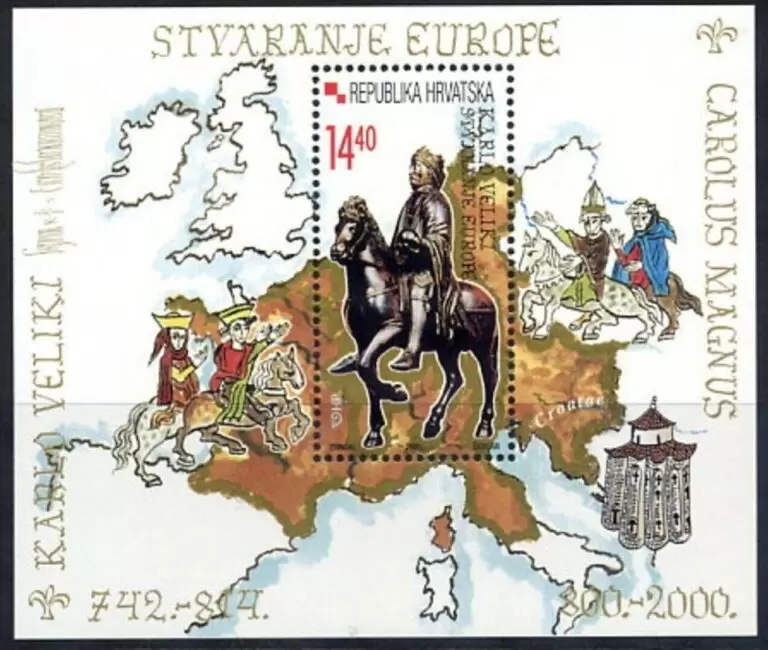
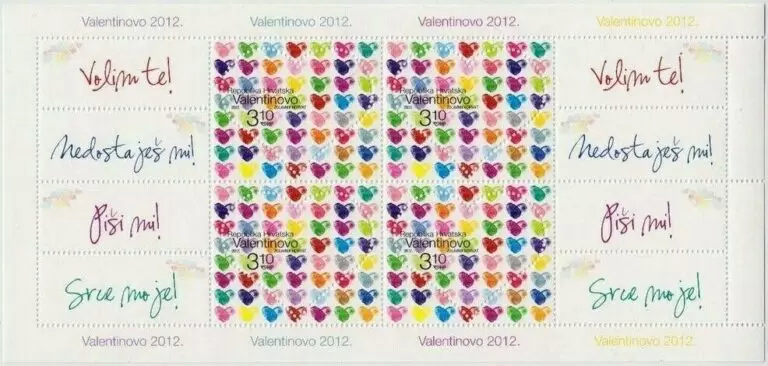





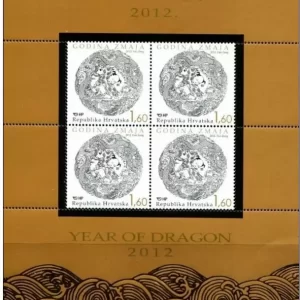

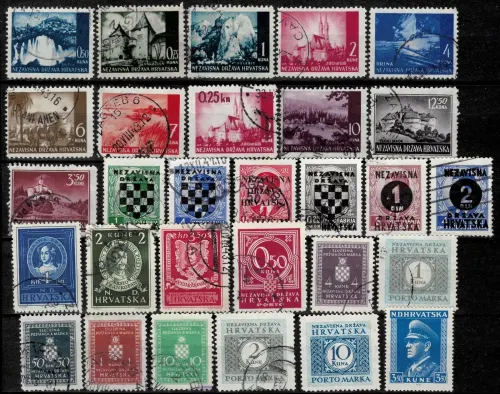
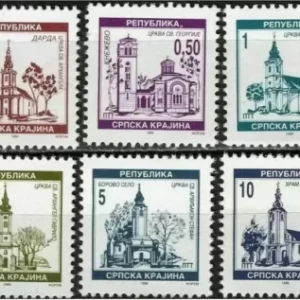
Reviews
There are no reviews yet.